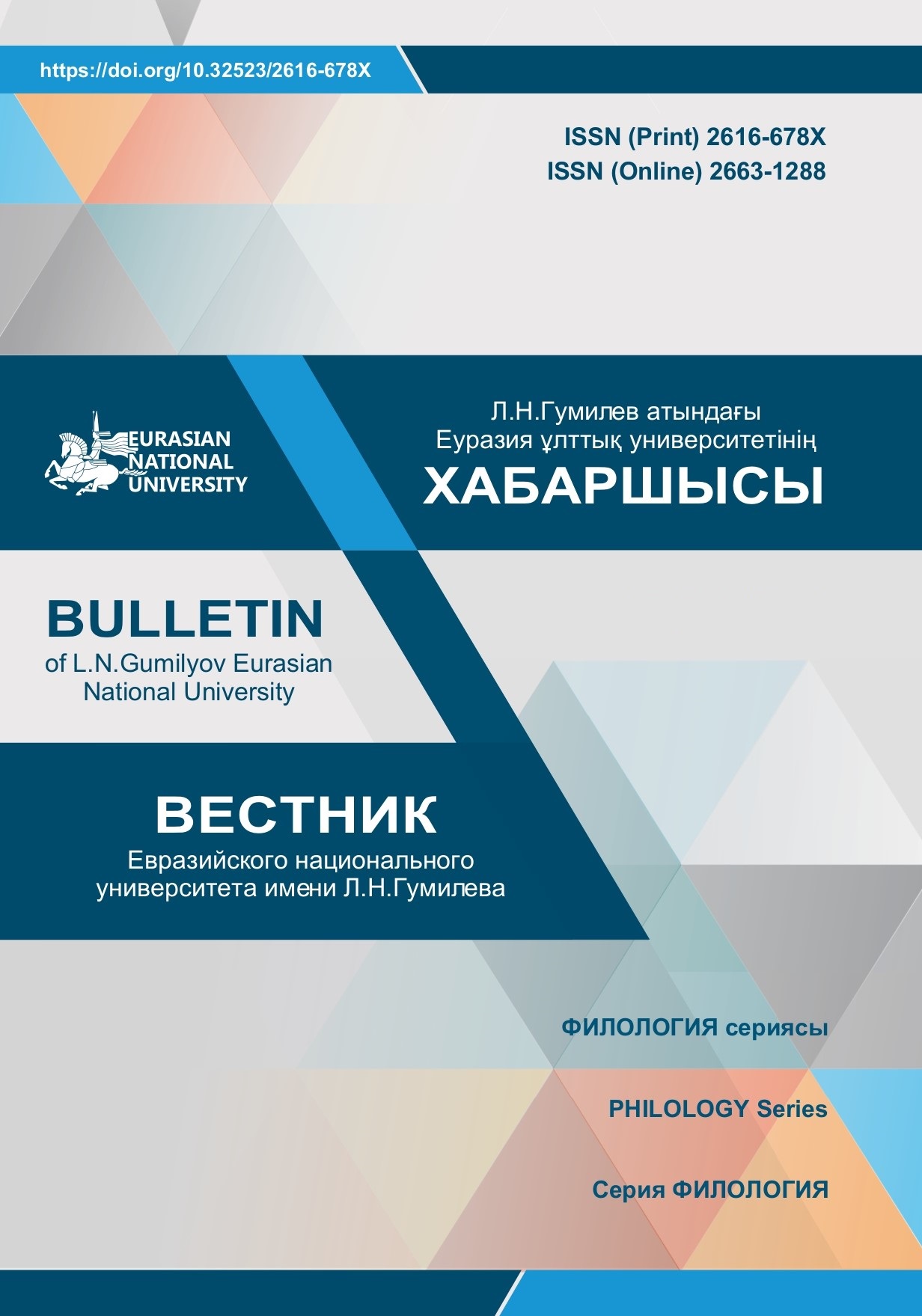Multilingual signs in the linguistic landscape of Kazakhstan (the case of Astana)
Views: 156 / PDF downloads: 81
DOI:
https://doi.org/10.32523/2616-678X-2019-126-1-142-149Keywords:
multilingual signs, linguistic landscape, ergonyms, public spaceAbstract
In this article it is argued that the study of linguistic landscape and public space can
benefit from viewing them as dynamic system where language maintenance and language loss are seen
as a determining factor in multilingual environment. Language has become central to the processes of
globalization as the development of globalized world systems depends on the ability to communicate by
means of language, and on the global circulation of multilingual signs and images, which are assisted by
new technology. Linguistic landscape of the city provides special opportunities for people to socialize easily,
using their language without any critical interference. The aim of the study is to consider commercially
centered linguistic landscape of Astana through the implemented language planning process and to reveal
language consumers’ preferences, attitude and visual perceptions of multilingual signs. From the both
quantitative and qualitative perspectives the present research examines the dynamic language changes in
the city’s signage representation, and the citizens’ attitude and emotions to these processes.







